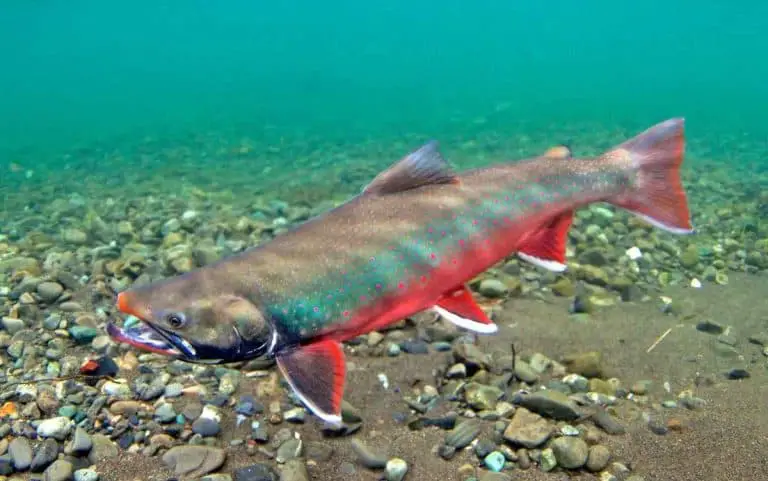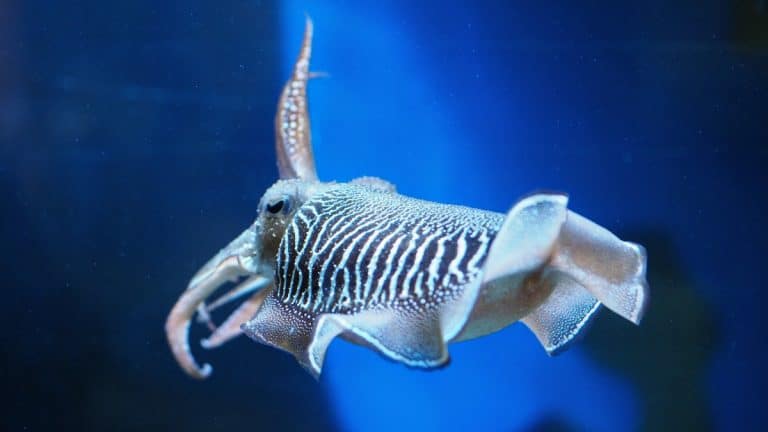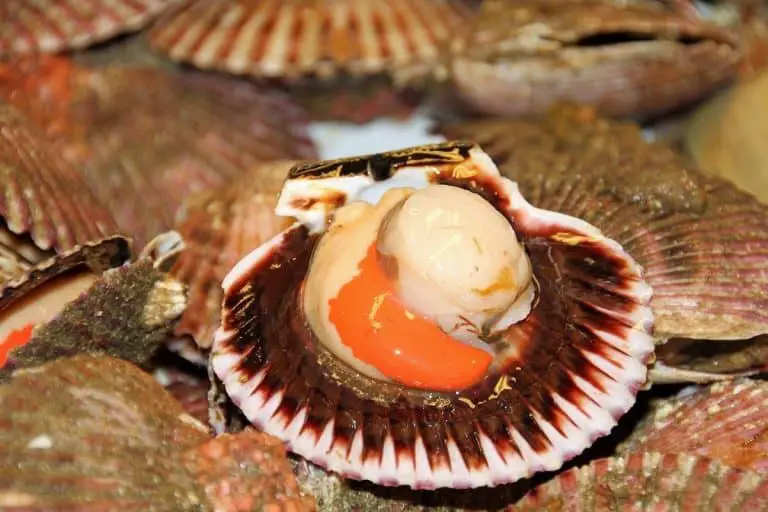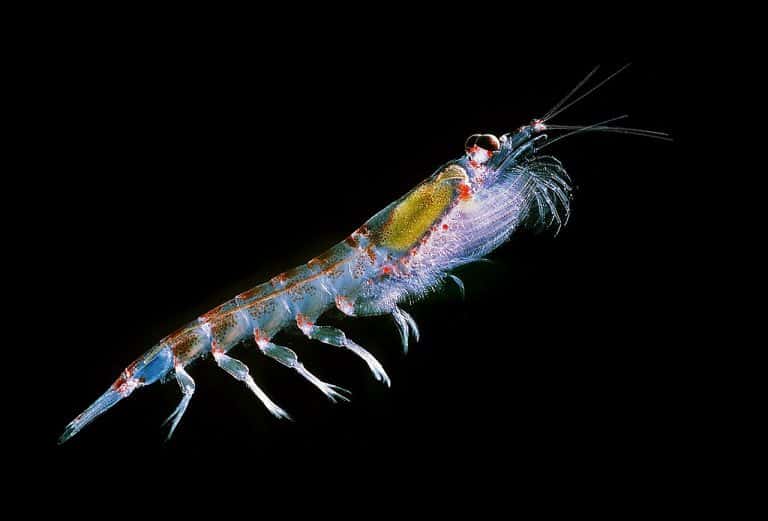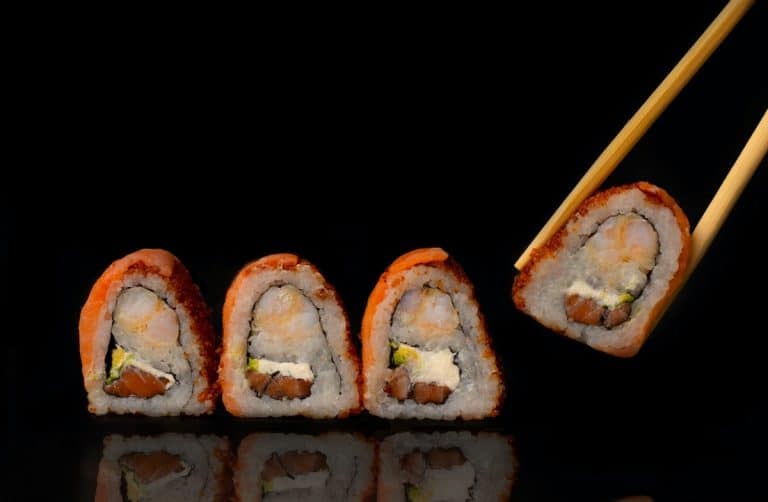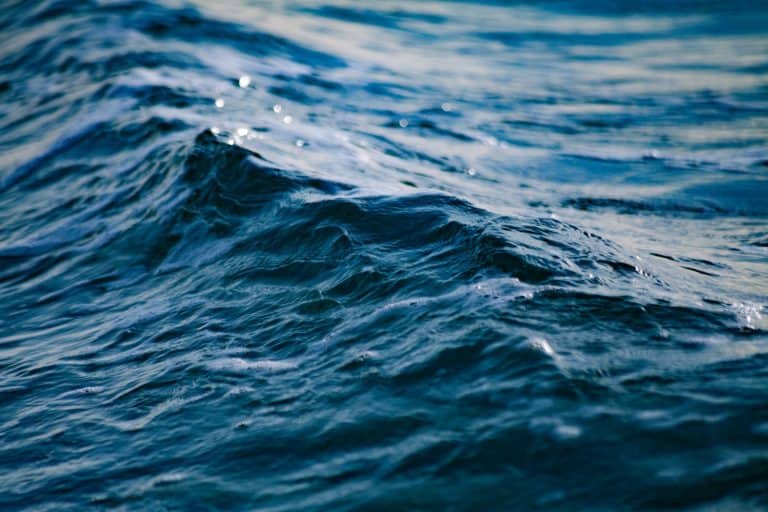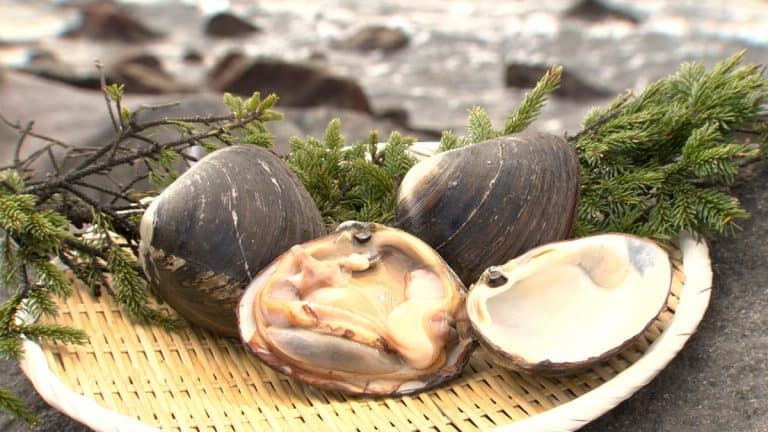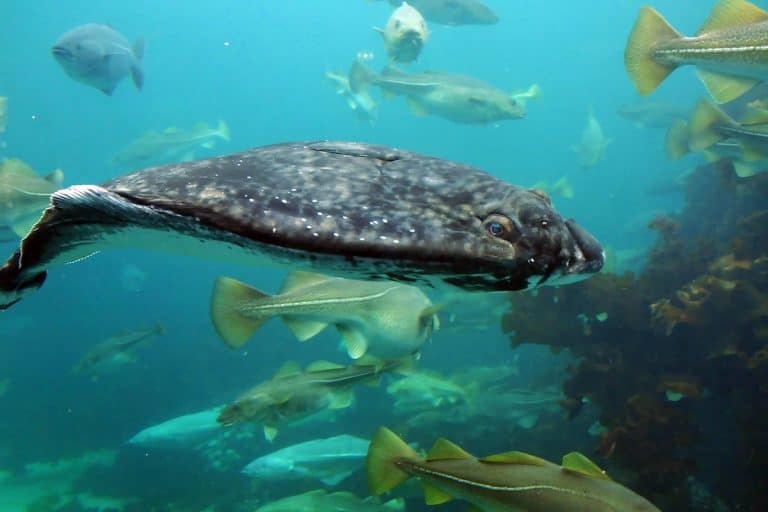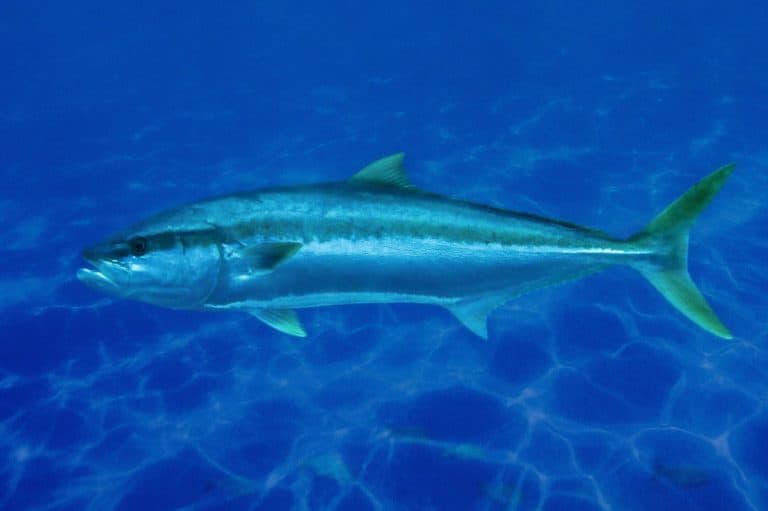Iwana – Arctic Char
Source: Farmed, some wild Mercury Risk: LowArctic char, a close relative of trout and salmon, has only found its way onto U.S. sushi menus in the past few years. Char is known as iwana in Japanese. Its delicate red flesh and firm texture are quickly earning it a place in the American palate. Arctic char is a cold-water fish…

